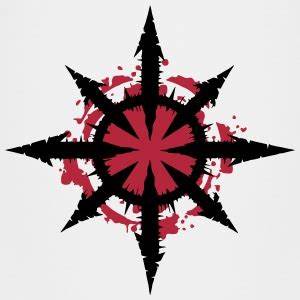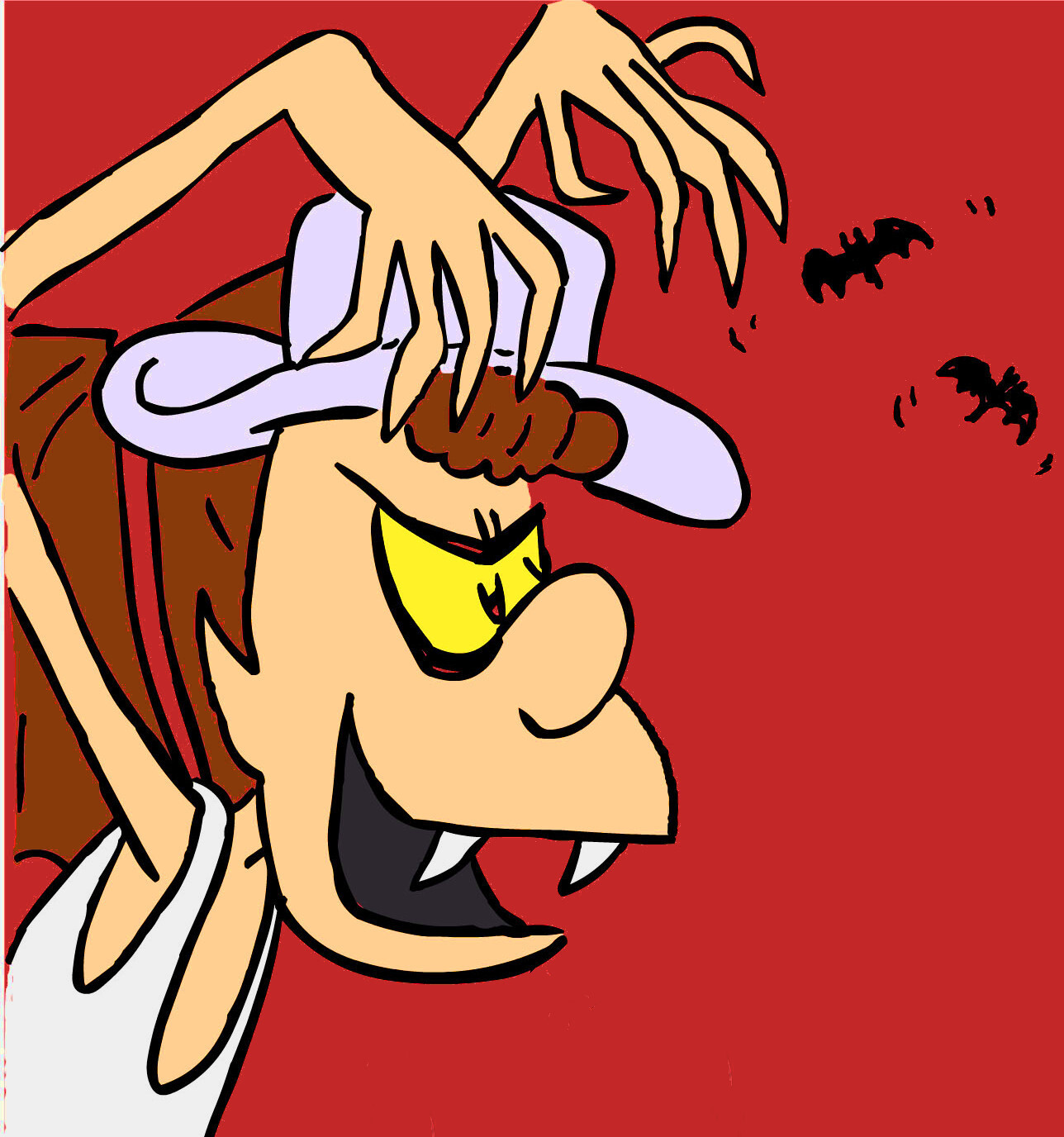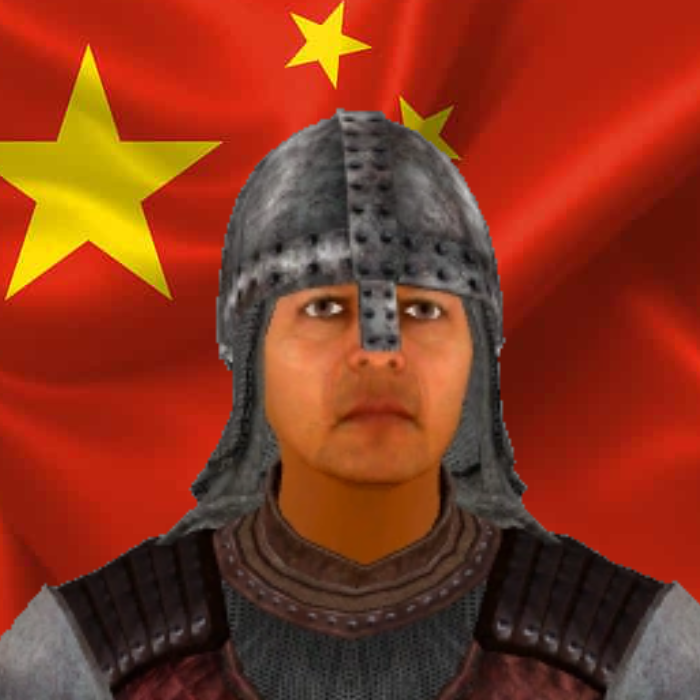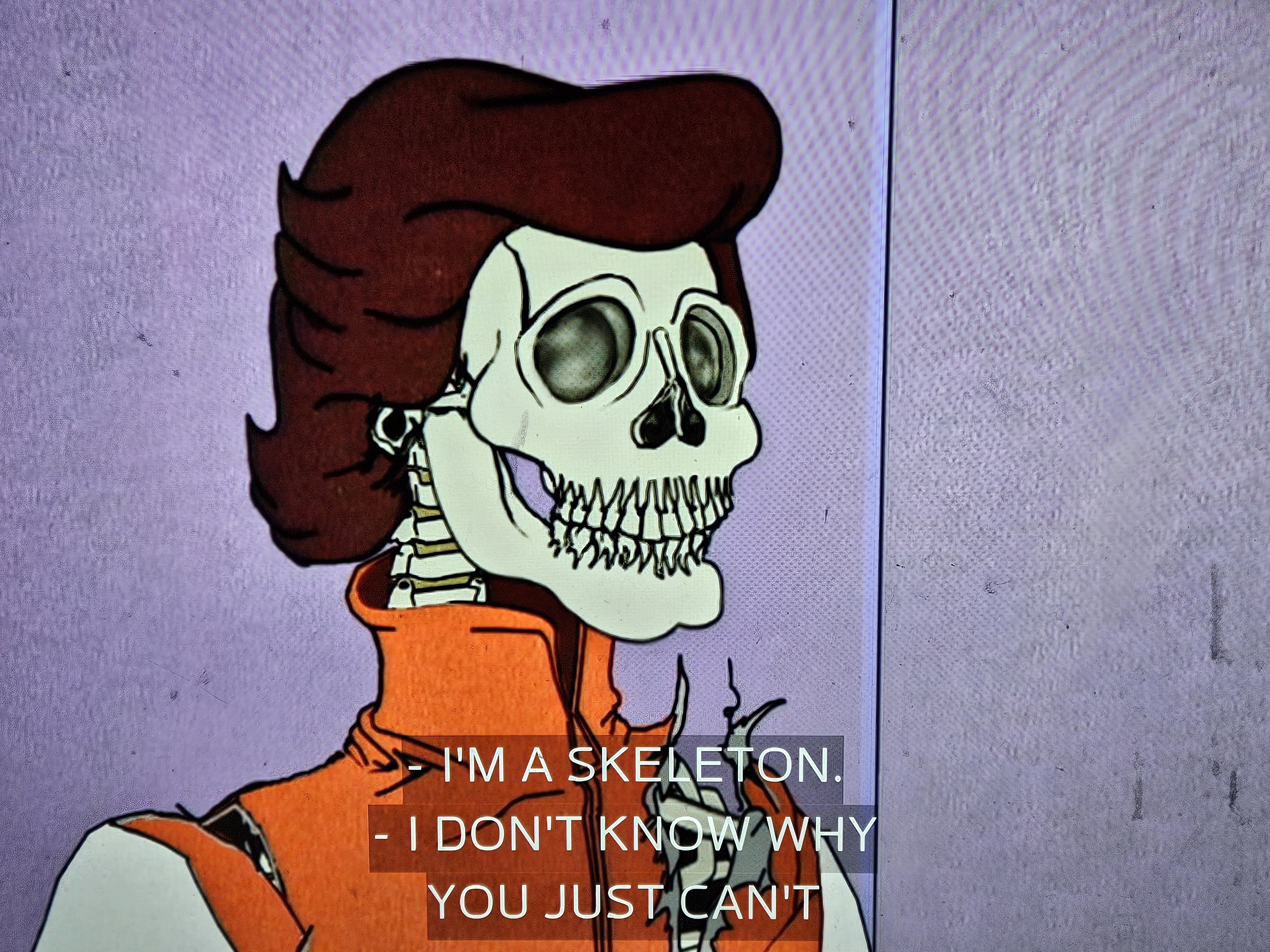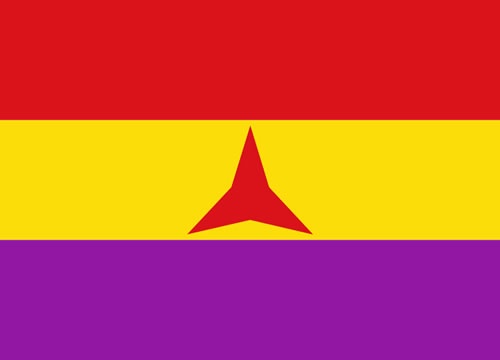I'm mostly asking on behalf of a comrade who is somewhat new to leftism. My own knowledge is only surface level, which is why I’m turning to Hexbear.
Could I get a rundown of the reasons for the conflict, for someone who only knows the basic Western position of "Russia bad" ? I’m not trying to say modern Russia is good, but there are reasons for this conflict, and it's much more nuanced than how it's presented in Western media, correct?
Any input from fellow Hexbears, sources, etc., is welcome. I truly appreciate the help.
The claim "NATO provoked a war and wanted Russia to invade" is not a tankie claim, it has been admitted many times in NATO sources.
-
A 1997 letter from fifty foreign policy experts warned Clinton against cornering Russia and expanding NATO: https://www.armscontrol.org/act/1997-06/arms-control-today/opposition-nato-expansion
-
A 2019 RAND report 'Overextending and Unbalancing Russia' suggests sending arms to Ukraine and provoking a war: https://www.rand.org/pubs/research_briefs/RB10014.html
-
In 2022, the US admitted that its strategic goals do not include peace, and that it's using Ukraine as a pawn to create "a weakened and isolated Russia": https://thehill.com/news/3263473-sullivan-us-wants-to-see-an-independent-ukraine-and-a-weakened-and-isolated-russia/
-
Then US Ambassador (later CIA Director) William Burn cautioned that NATO expansionism would trigger a Civil War exactly because it did not have support in the public (and that Russia would reluctantly invade): https://wikileaks.org/plusd/cables/08MOSCOW265_a.html
-
55% of Ukrainians believe NATO has responsibility for the Russian invasion: https://s.wsj.net/public/resources/documents/WSJ_NORC_Ukraine_Poll_June_2022.pdf
It should also be noted that NATO threatening Russia isn't bad just because it creates instability and the potential for war. It's bad because the purpose of their conflict with Russia is to pillage the country, which will lead to the emisseration of both Russian and European workers (and American workers, but maybe to a lesser extent).
This isn't speculation, doomerism, or edginess. The NATO alliance already did this in the 90s when they finally succeeded in destroying the USSR. They pillaged the place so severely that life expectancy collapsed. They're still doing it in Ukraine. They hate Putin because he reigned in the domestic capitalist collaborators. Any of his reactionary tendencies they would ignore or celebrate if he was an ally, and since whoever they would prefer to be the president of Russia (like Navalny, I spit) has to be a capitalist, they're also going to have to be at least as reactionary as Putin.
Russia cannot allow ongoing NATO encirclement. The consequences to the ~150 million people of Russia will be devastating and very material, as in they will literally live shorter lives. Every boomer should know this because last time it happened the whole spectacle was a regular evening news topic. Boomers don't actually remember it, but I do.
There's also another aspect to this. When the USSR collapsed, people who had been citizens of one country now found themselves living in separate countries defined by the administrative borders of the old Soviet republics. A lot of people in Ukraine weren't interested in being part of an emerging antisemitic shithole. There was a long history of rule through antisemitic violence in pre-revolution Ukraine and they're emerging bourgeoisie successfully revived it (Jews fled enmasse from all of the capitalist restoration USSR, not just Ukraine, but the revial of antisemitism in Ukraine was particularly bad there). The parts of Ukraine seeking to instead unify with Russia have been violently attacked by the Ukrainian government.
In the 10 years prior to the current war 14000 people in the Russia aligned regions were killed. Russia intervened at a time when the shelling of civilian centers was rapidly escalating. In fact, this appeared very much as a provocation, probably meant to give the west a pretense to justify a proxy war with Russia. Why would Zelensky agree to this? Good question. I would assume he's been promised protection from being prosecuted for his financial crimes, which weren't secret too many years ago.
This is what happened. It's impossible to look at this honestly and without the lense of liberal anti-Russian racism and place the blame for this conflict on the Russian Federation.
Oh, and another thing. If Russia collapses, then NATO gains the ability to militarize a massive land border with China. Everything about this is a disgusting move to transfer working class wealth into the hands of a few western capitalists.
Edit: If I said something stupid, don't be shy. I would love to find out this situation isn't as bleak as I think it is. @Dolores@hexbear.net in a comment below mine does give some important details. It doesn't change anything. NATO is and was seeking to extract profits from Russia. It's obvious to people on the ground. As evidence, there was virtually no domestic resistance to the annexation of Crimea. This is a population that clearly did not want to be pillaged by the rest of Europe.
Hi!! There are a few issues with your evaluation of the RAND report; you link the brief here but the same applies for the full report, and wrt the distinction, "Overextending and Unbalancing Russia" is the title of the brief and not of the report ("Extending Russia: Competing From Advantageous Ground"), but obviously that's not a big deal. Where the real issue starts is when you move from the correct statement that the report "suggests sending arms to Ukraine" to the incorrect statement "and provoking a war." Both the brief* and the full report** clearly warn that it's necessary to balance military support between weakening Russia "and provoking a war." While this supports the aspect of your argument that Russia was forced by the US/NATO to invade Ukraine, it does not support the aspect arguing that this was done purposefully to overextend Russia.
*"But any increase in U.S. military arms and advice to Ukraine would need to be carefully calibrated to increase the costs to Russia of sustaining its existing commitment without provoking a much wider conflict in which Russia, by reason of proximity, would have significant advantages."
**"The Ukrainian military already is bleeding Russia in the Donbass region (and vice versa). Providing more U.S. military equipment and advice could lead Russia to increase its direct involvement in the conflict and the price it pays for it. Russia might respond by mounting a new offensive and seizing more Ukrainian territory. While this might increase Russia’s costs, it would also represent a setback for the United States, as well as for Ukraine."
"Most of these measures—whether in Europe or the Middle East—risk provoking Russian reaction that could impose large military costs on U.S. allies and large political costs on the United States itself. Increasing military advice and arms supplies to Ukraine is the most feasible of these options with the largest impact, but any such initiative would have to be calibrated very carefully to avoid a widely expanded conflict."
-
Start with the 2014 coup, how the country's far-right literally took over through violence and then started an ethnic cleansing campaign against the Eastern regions
Make a note of how these are the people demanding NATO membership
I’ve heard that people in Eastern Ukraine were oppressed, and there were killings and even indiscriminate shelling of the region by Western Ukraine. I’m not sure if that was done by right-wing militias or official forces, but I understand Russian intervention based on that. Do you happen to have sources that delve deeper into this?
it's an important detail that Russia was not twiddling its thumbs while the far right took a grip of Ukraine, they used the opportunity to secure Crimea (Sevastopol is where the Black Sea Fleet is based) and immediately began arming the nascent separatists in Donbass, then not long after sending actual troops as well. These acts were in naked self-interest, Russia was never comfortable with the condominium in Sevastopol and the ongoing territorial dispute re: Donbass separatists was a low-cost way to theoretically disbar Ukraine from NATO membership in perpetuity1.
Attempts to stabilize that situation and keep Ukraine safely out of NATO for the foreseeable future with the ceasefires failed, and NATO/Ukraine kept sabre rattling making like they'd admit Ukraine to NATO with the ongoing territorial disputes anyway, leading to a much larger and frankly tardy full commitment of Russia's resources in 2022.
1: NATO's protocol to defend any members in a conflict is believed to foreclose the possibility for them to enter, as NATO would be drawn into a preexisting conflict.
I’m not sure if that was done by right-wing militias or official forces
the line between the two was/is very blurred as nazis were the first mobilized and most enthusiastic elements of the AFU in the Donbass. However, those nazis were most responsible for violating the Minsk ceasefire protocols, sometimes in violation of the orders from their government. there's a darkly funny clip of Zelenskyy personally yelling at them to obey the ceasefire (they did not)
I found a YouTube link in your comment. Here are links to the same video on alternative frontends that protect your privacy:
Excerpts from my previous effort posts:
Prologue
The unstoppable tide of the Bolshevik Revolution had swept across the lands of the Russian Empire. Following waves of revolutionary workers councils overthrowing the Tsarist authorities, these nascent workers led governments began to declare themselves as soviet (council) republics.
In the land known as Novorossiya under the Russian Empire, comprising Kharkov, Donetsk, Lugansk and Kherson, the proletarian government had declared themselves as the Donetsk-Krivoy Rog Republic (DKSR) on February 1918. This dream of self-autonomy would not last, however. In less than a month, orders would come directly from Moscow that the DKSR would be disbanded and merged with the Ukrainian People’s Republic (UPR) to form the Ukraine Soviet Socialist Republic (Ukraine SSR). Despite protests from the local leadership, the decision was not to be changed.
Just a decade prior, Rosa Luxemburg had launched into a tirade challenging Lenin’s idea of national autonomy. In her The National Question and Autonomy (1908-09), Luxemburg had criticized granting territorial autonomy for Lithuania but most of all, Ukraine, citing the latter as full of reactionary petit-bourgeois class and a country “without any historical tradition and without any national culture”. Calling the “independent Ukraine” as “Lenin’s hobby” in 1918, she warned against the dangers of Ukrainian nationalism taking roots.
And so it was decided that the industrialized, proletarian republic of Donetsk-Krivoy Rog, predominantly inhabited by ethnic Russians, was to be merged with the Ukrainian People’s Republic, with the hopes that it would dilute the reactionary nature of the Ukrainian bourgeois influence.
Little did they know that in less than a hundred years, the ethnic Russian descendants of the workers republic would end up on the wrong side of the border as the Soviet Union disintegrated, and subjected to ultranationalist violence with Ukrainian nationalism finally erupting from its dormancy.
Part I: Maidan
Fast forward to 2012, Ukraine’s economy was in deep trouble. The global financial crisis of 2009 had hit their meagre economy particularly hard - once the industrial powerhouse and global leader in shipbuilding, aviation and space research and development centers under the Soviet Union, Ukraine has been relegated to the second poorest economy in Europe.
An opportunity arose when Ukraine was invited to join the EU Association Agreement in the early 2010s, an explicitly free trade agreement that could set Ukraine on the path towards EU accession. The catch? Ukraine has to open up its economy to foreign capital (at this point, land sales in Ukraine was still restricted and not privatized as had happened in other neoliberalized countries), and accepting the austerity conditions of IMF loans that would have included cutting social services and education.
However, this was far from the only difficulties. Because Ukraine had a tariff free agreement with Russia (the latter being Ukraine’s largest trading partner), the signing of the EU Association Agreement would mean that European goods would be able to enter the Russian market freely through exploiting the existing bilateral tariff free agreement, but Russian goods would not be able to do the same in reverse.
This obviously concerned Russia, and so President Putin had proposed a three-way meeting between the EU, Ukraine and Russia to settle the tariff issue. For Russia, its main concern was how to resolve the tariff issue and mostly had no problem with Ukraine joining the EU. Putin’s proposal for a meeting was rejected by the EU. And thus, the ulterior motive behind Ukraine signing the free trade agreement had revealed itself, and the Russians saw the impending peril to their domestic industries.
Around the same time, Putin had floated the idea of a Eurasian Customs Union, a protectionist bloc that would encompass Russia, Belarus, Ukraine and Kazakhstan to resuscitate the Soviet-era heavy industry chain. However, the free trade ideology of the EU Association Agreement explicitly forbids Ukraine from joining the customs union were they to choose the EU route.
Thus, Ukraine had arrived at a bind, forced upon them by the conditions set explicit by the EU - it was only allowed to choose a side: the EU or Russia.
Given how much ongoing trade there were with Russia, this was obviously not an easy choice. President Viktor Yanukovych, who contrary to popular narrative was not pro-Russian but instead very much supported joining the EU side, hesitated. Appalled by the austerity demands of the EU agreement, he began to entertain the potential counter-offers from Moscow, which included a similar deal, even significant discounts of Russian gas, but without the austerity part.
Again, contrary to popular narrative, Yanukovych did not agree to Moscow’s deal. He simply decided to pause signing the agreement to buy a bit more time to re-assess the situation. But it was already too late. Ultranationalist fascists saw Yanukovych’s hesitation as signs that he had betrayed the cause of Ukraine becoming part of Europe, and launched a coup in late 2013.
The Maidan revolution followed, nationalist violence erupted, Yanukovych fled, and the rest is history.
Part II: Minsk
On February 23, 2014, the very first day of taking over the Ukrainian government, the fascist coup regime immediately set to repeal the 2012 Kivalov-Kolesnichenko Language Law, which had granted the status of regional language to Russian and other minority languages.
Seen as an infringement of their rights to cultural autonomy, and understood that this was merely the very first act towards ethnic cleansing, the ethnic Russians that mostly inhabited the eastern Ukraine (Donetsk, Lugansk etc.) and who had been subjected by ultranationalist violence over the years since the collapse of the USSR, rebelled against the coup regime and formed separatist factions that demanded independence.
The Ukrainian Civil War ensued. Forced to choose between letting the Ukrainian fascists gaining power and allowing ethnic cleansing of Russians to take place at their borders, or to military intervene at the expense of inviting international condemnation, Russia chose the latter. Crimea which had voted overwhelmingly for secession (not recognized by the international community) was immediately annexed. Meanwhile, aided by the Russian military, the Donbass separatists gave the unprepared Ukrainian Armed Forces a severe beating.
(For this, Russia was to be punished with sanctions. As if that was not enough, when Malaysian airliner MH17 was shot down over eastern Ukraine, even more severe sanctions were imposed against Russia. The economic growth trajectory of Russia since the early 2000s was completely wiped out, and Russia would endure an economic crisis that would last for 44 months (nearly 4 years) before its growth would return pre-sanctions baseline, only for Covid pandemic to hit a year later.)
A truce was made by the end of August 2014. Known as the Minsk Protocol, the Donbass provinces (but not Crimea) were to be returned to the Ukrainian authority, but Donetsk and Luhansk had to be given increased autonomy through local governance, especially with regards to cultural matters. This was such that language and cultural bans cannot be ordered directly from politicians in Kyiv.
The Ukrainian fascists immediately broke the truce and were given another beating by the Donbass separatists. An annoyed Putin had to be dragged back to the negotiating table by the French president Hollande and German chancellor Merkel, who both gave their personal promises that Ukraine would behave and adhere to the protocol this time.
Minsk II was signed in February 2015, and yet in the following years, the Ukrainian fascists had made no attempt to implement the protocol as agreed. In fact, no criminal prosecutions were even made against the Azov fascists who were involved in the torture and murder of civilians. They were instead celebrated as “heroes of Ukraine” by state media. Stepan Bandera became a symbol of Ukrainian history, and rallies were often held openly with explicit Nazi emblems in honor of Bandera. (Imagine if Berlin held open rally that honor Adolf Hitler in this day and age.)
In the years since, Russia kept waiting for Ukraine to honor their agreement, but it would never come. Instead, for the next 8 years, NATO would arm Ukraine and provided military aid and training to the Ukrainian Armed Forces.
This was all too clear that Ukraine had no intention of honoring Minsk. Their goal has always been to militarily reconquer the Donetsk and Luhansk Oblasts with the help of NATO rearmament.
Moscow became increasingly concerned, but somehow still held out the hope that things would somehow turn for the better. This illusion would soon be shattered.
Part III: Kyiv and Washington
In 2019, former actor and comedian President Zelensky was elected as the head of state through an overwhelming support by the residents of eastern Ukraine (the separatist Donetsk and Lugansk, of course, were not included in the election). Seen as a “peace president” that would bridge the gap between western and eastern Ukraine that had divided the nation for far too long, it would appear that light was finally at the end of the tunnel.
And yet, Zelensky would soon find himself disobeyed by the civil and military bureaucracies, which have since been staffed with fascist sympathizers since the Ukrainian Civil War began.
In 2021, President Biden assumed office and vowed to undo the shame and humiliation that his predecessor, Trump, had brought upon the nation. After visiting the White House and met with President Biden, President Zelensky would return to Ukraine a changed man, whose charged and aggressive rhetoric betrays the peace candidate he had once promised to serve his electorate. Explicit announcements about joining NATO, abandoning Budapest Memorendum that had promised the nuclear non-proliferation status of the nation, as well as the mobilization of Ukrainian army towards the Donbass front.
These inexplicable behavior that Zelensky exhibited sent Moscow into high alert. Deeply concerned about the breaking down of truce in Ukraine, Russia called for a serious discussion about its security concerns with the United States. This was the final plea from Russia to the US, and culminated in the Russia-US Summit held in Geneva in June 2021, a direct meeting between President Biden and President Putin. Russian diplomats prepared hundreds of pages of proposal that laid out their concerns explicitly, and proposed various measures to address them. Unfortunately, these would fall on deaf ears. In less than two months after the Russia-US Summit, in August 2021, the US would begin to ship Javelins and Stingers to Ukraine. A second shipment would follow in December 2021.
If there was an illusion before, it no longer is the case. For Russia, it became all too clear that the US is preparing for a war against Russia through Ukraine. Worse, a direct Ukrainian assault on Donetsk and Luhansk would impart significant civilian casualties, and risk spiraling into a full scale crisis that could have adverse repercussions for many years to come.
And so, as the Ukrainian Armed Forces continued to mobilize towards the Donbass front, and with the shelling of Donbass intensified by an order of magnitude, it was now or never for Russia. They either take the initiative and foil the Ukrainian invasion, or they wait until the inevitable Ukrainians assault the cities of Donetsk and Luhansk.
Epilogue
While mainstream media would often blame Russia for denying Ukraine from signing the EU Association Agreement that would otherwise have economically “benefited” the Ukrainian state, what is little known is that Ukraine did sign the EU Association Agreement in 2015 as the Ukrainian Civil War was on a pause.
Just as Russia had predicted and warned from the start, the EU was never going to let Ukraine benefit from the arrangement. The primary goal of the Association Agreement was European control of Russian market - Ukraine was merely the Trojan Horse of the plan.
While Ukraine had anticipated that their heavy industrial products (aviation, space technology) could be exported to the EU, the European states instead enacted protectionist measures to stop Ukraine’s industrial products from entering the European market. Rather, Ukraine was relegated to exporting cheap agricultural products to Europe, while its heavy industry was wiped out in the process, having lost its former trade relationship with Russia and betrayed by the EU free trade agreement.
The story of post-Soviet Ukraine and Russia is a story of how Western imperialism, neoliberal economic colonialism, and the tried-and-tested regime change doctrine that traced its roots back to the post-war Gladio operations, continue to enforce the unequal exchange of value between the Imperial Core and the Periphery, even years after countries were supposedly “decolonized” and gained independence.
I can give a short, high-level assessment and I'm sure other hexbears will come with more sources etc. but:
NATO was designed to be an anticommunist military alliance to weigh against the SSRs in post-WWII Europe. Its anti-Russian attitude has maintained beyond the collapse of USSR, as Russia has continued to be a regional power outside of neolib control.
Because Russia has not completely capitulated to the neoliberal, globalist world order represented by NATO, the EU, and the USA, NATO seeks to defang Russia through economic ruin and by recruiting its neighbors to basically instantly start a nuclear WWIII if Russia acts in a geopolitical way that the NWO (neolib world order) does not approve.
Russia, for its part, does not want 20+ countries' armies and nukes pointing directly at its western border. Russia is also compelled to protect ethnic Russians in eastern Ukraine, who have been under persecution and assault for the last ten years.
Now to be dunked on for my own rudimentary understanding

Americans IN Europe
Germans DOWN
Russians OUT OF Europe
explicitly NATO's goals, I forget who said it
When the USSR fell, Reagan promised Gorbechev that NATO would not expand. What's the point of NATO when there was no more USSR/Warsaw pact, it was "The End of History" after all.... Well NATO kept expanding East, closer and closer to Russian borders. Western propaganda will tell you NATO is a defensive alliance, but it's totally an offensive alliance to project US-Western power, just look at how they destroyed Libya.
With the NED/CIA maidan coup in Ukraine, Ukraine turned into a hotbed for Russophobia. The Ukraine military was getting trained by NATO, and there were talk of Ukraine joining NATO. That was the red line for Russia.
What's the point of NATO when there was no more USSR/Warsaw pact,
nato even predates the pact. it is and always has been the "fuck russia club"
Just read all the comments in the newsmega thread starting in Feb 2022 and you'll be all caught up!
Glad this is so easily answered nowadays. Sure ideally Russia would figure out how to work with its neighbors in spite of NATO's covert & overt actions, but ideally the ruling class of the US & NATO wouldn't be insane neoconservatives lying to themselves to justify their weapon contracts' dividends.
Both Russia and the US want control and influence over Ukraine, basically.
